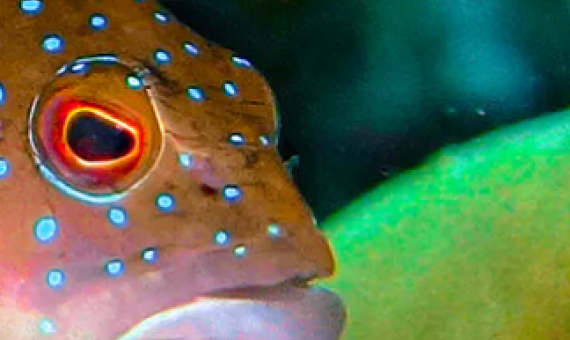One hectare of ocean in which fishing is not allowed (a marine protected area) produces at least five times the amount of fish as an equivalent unprotected hectare, according to new research published today. Click on the link below to read the full article.
Large-scale, multidirectional larval connectivity among coral reef fish populations in the Great Barrier Reef Marine Park
Larval dispersal is the key process by which populations of most marine fishes and invertebrates are connected and replenished. Advances in larval tagging and genetics have enhanced our capacity to track larval dispersal, assess scales of population connectivity, and quantify larval exchange among no-take marine reserves and fished areas. Recent studies have found that reserves can be a significant source of recruits for populations up to 40 km away, but the scale and direction of larval connectivity across larger seascapes remain unknown.
...partially protected MPAs can be easier to designate than no-take areas. The partial protection indicates to resource users that socioeconomic and conservation objectives have been balanced. Click on the link below to read the full article.








